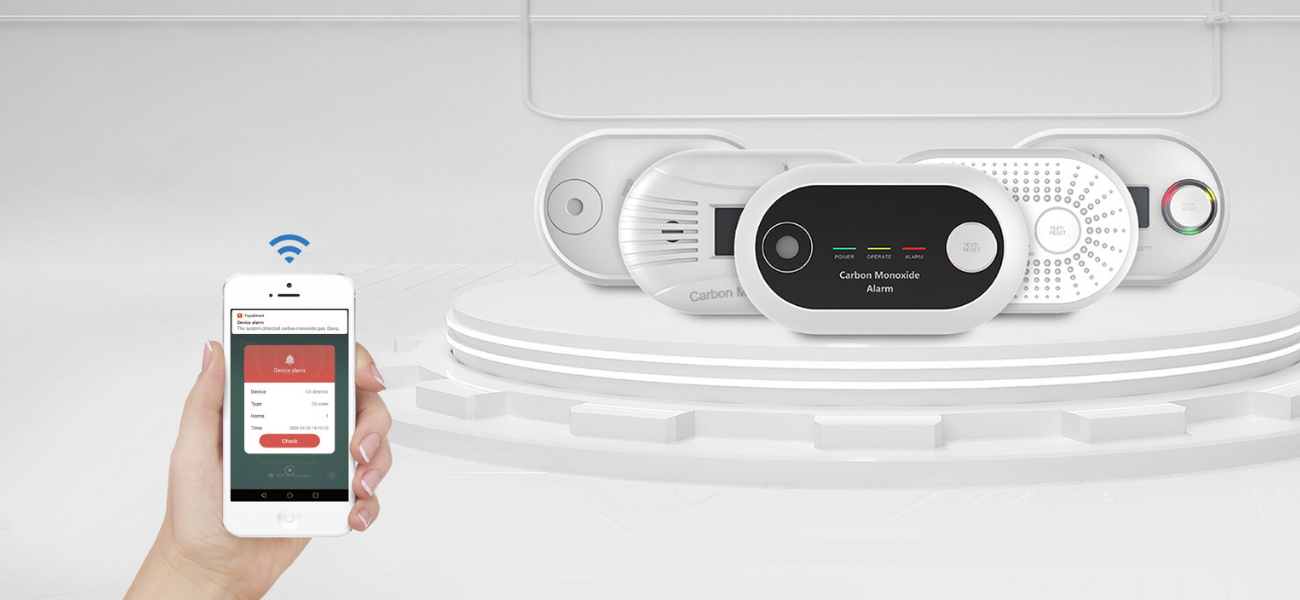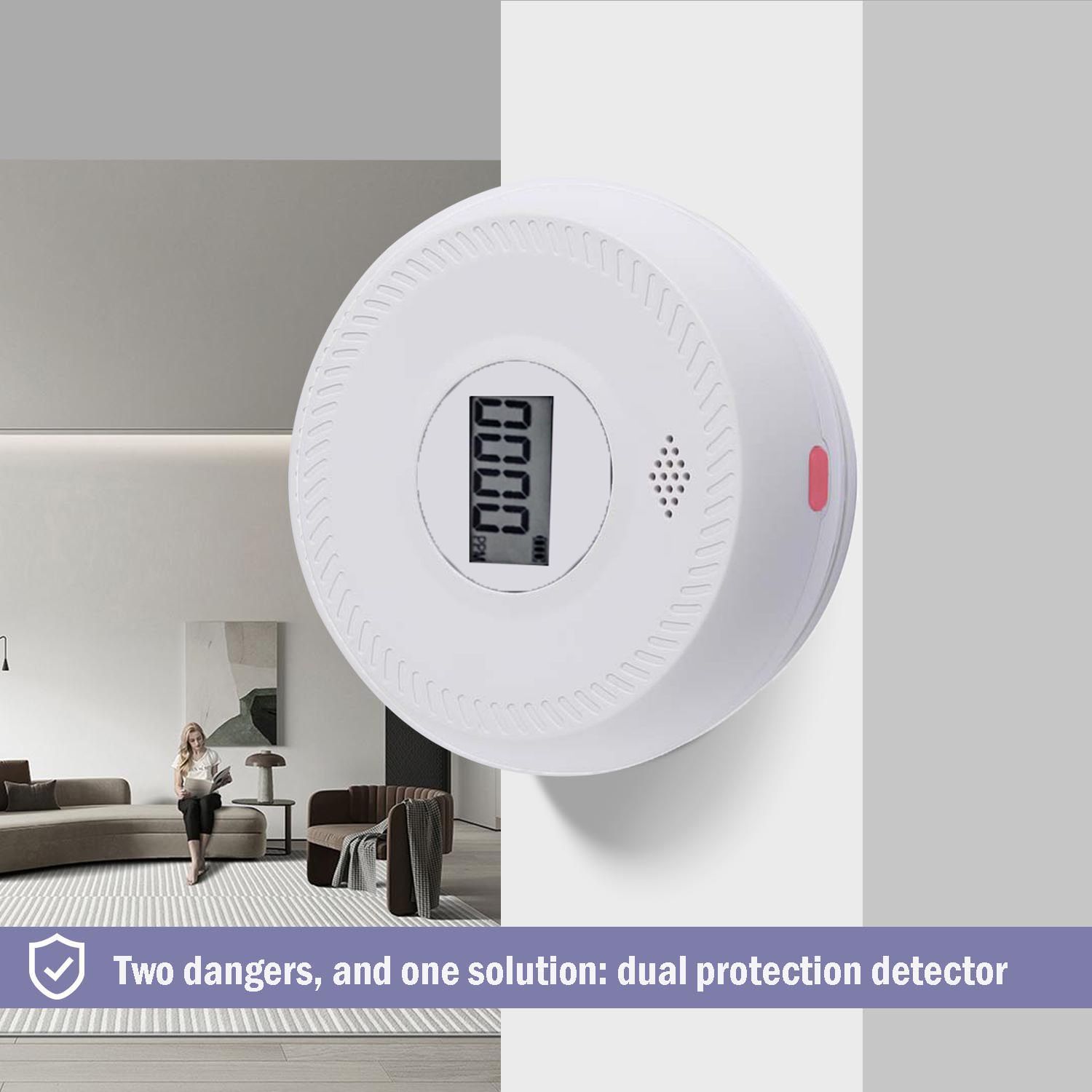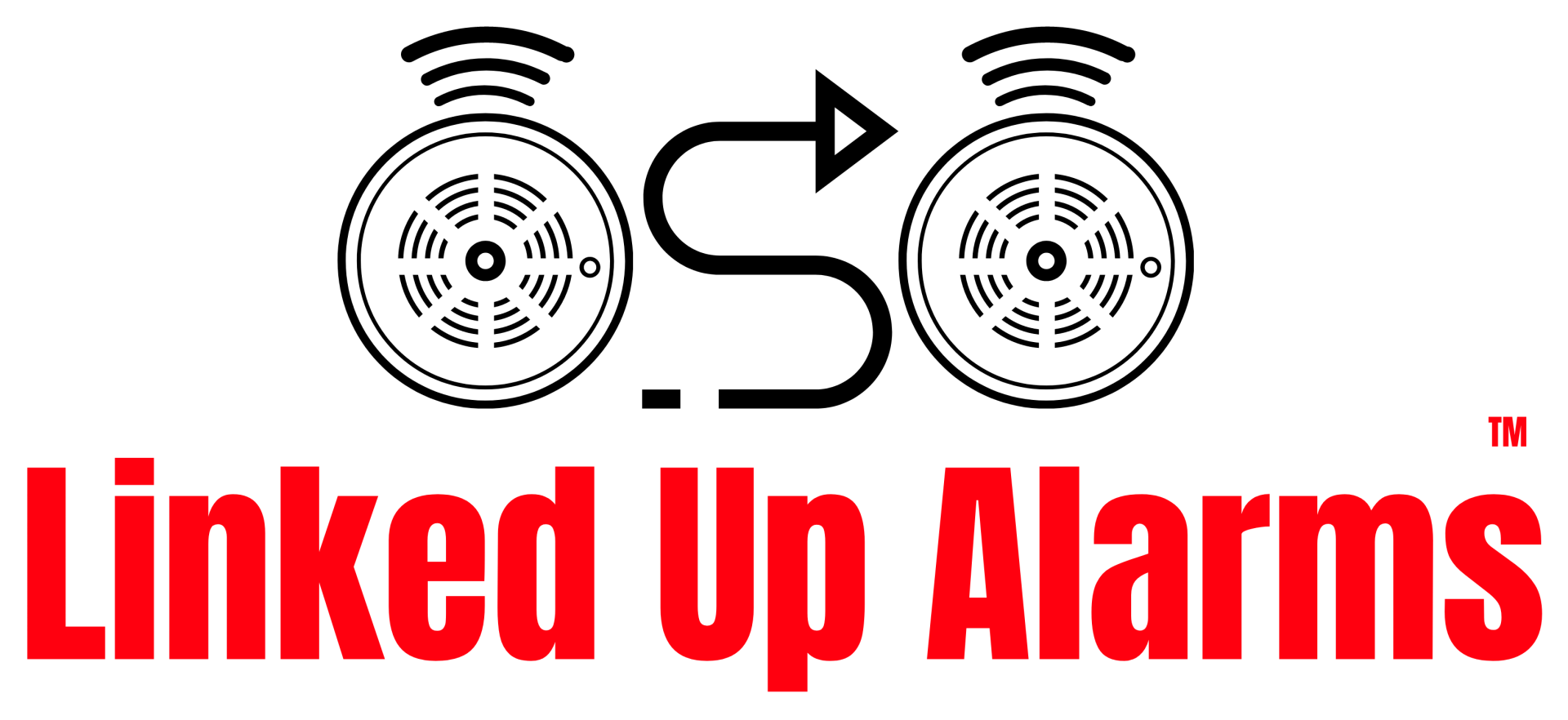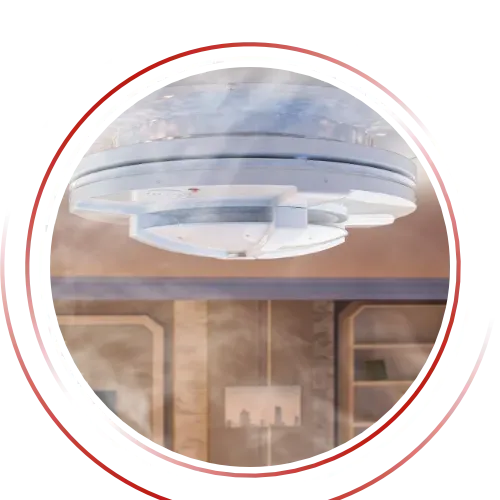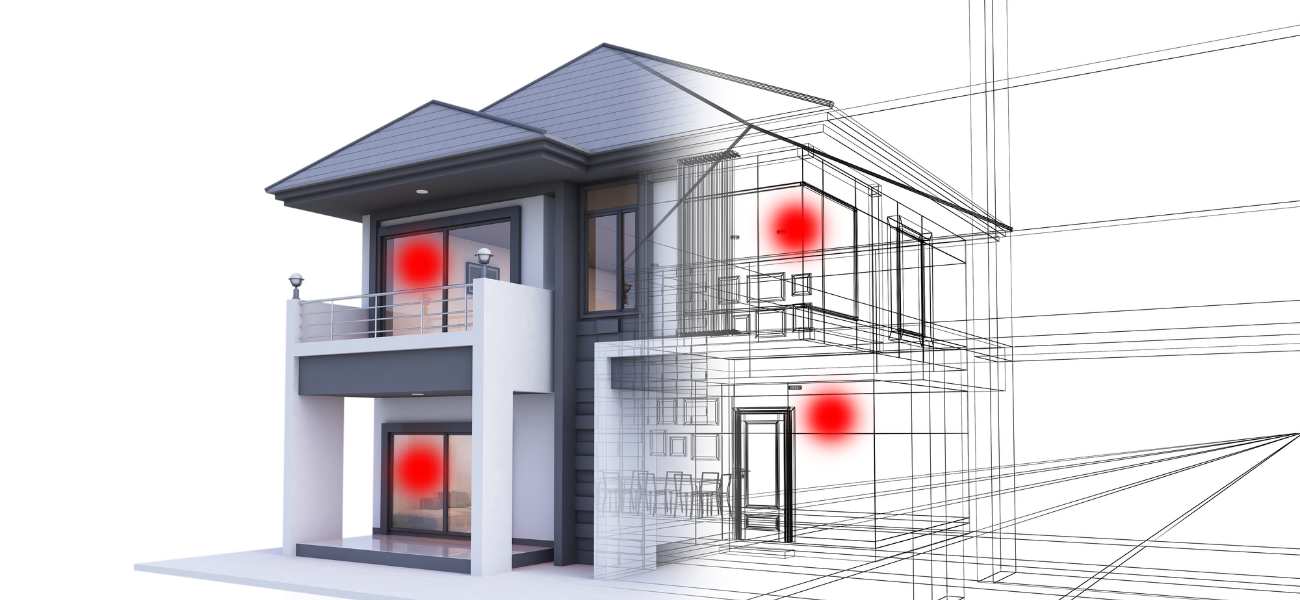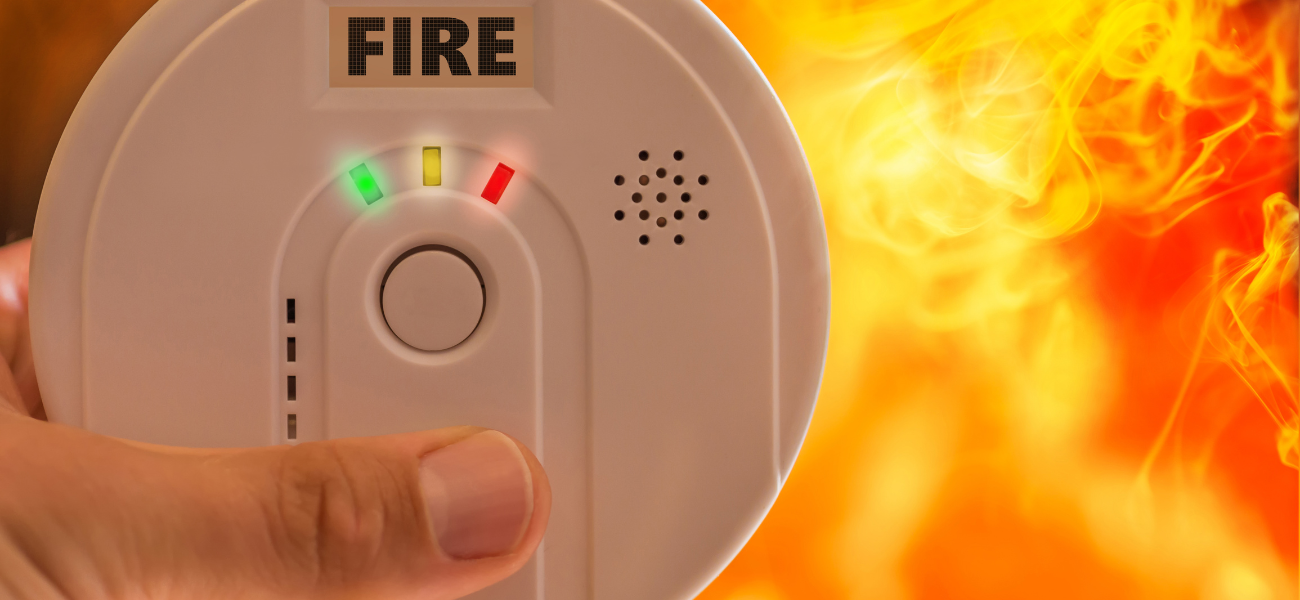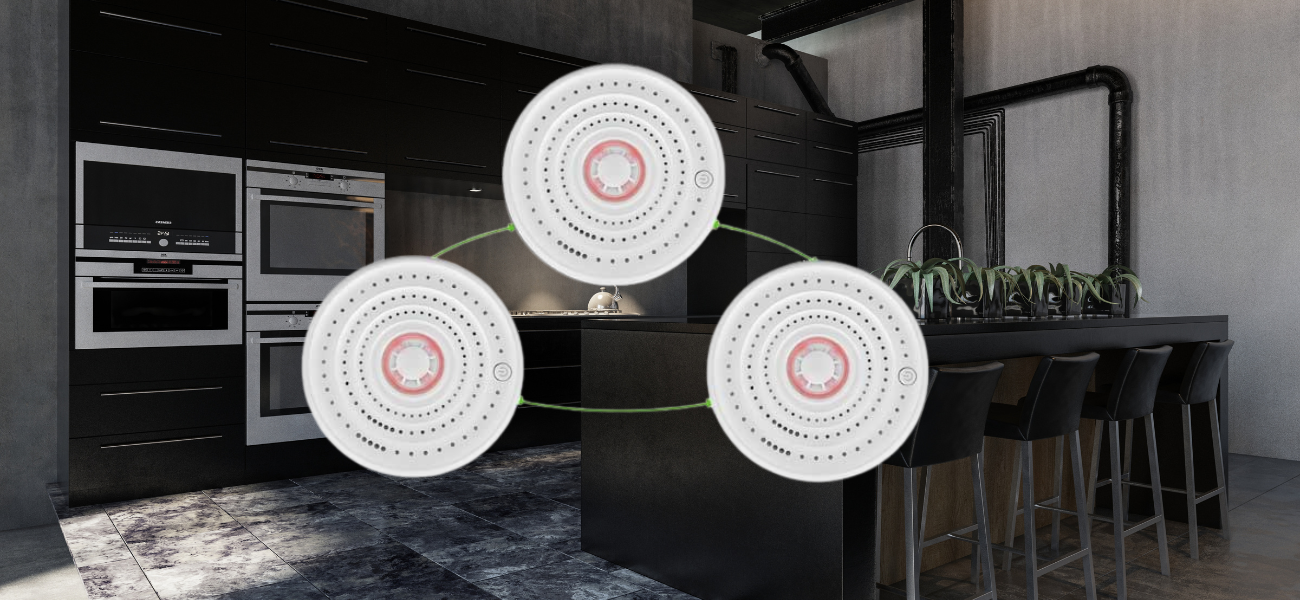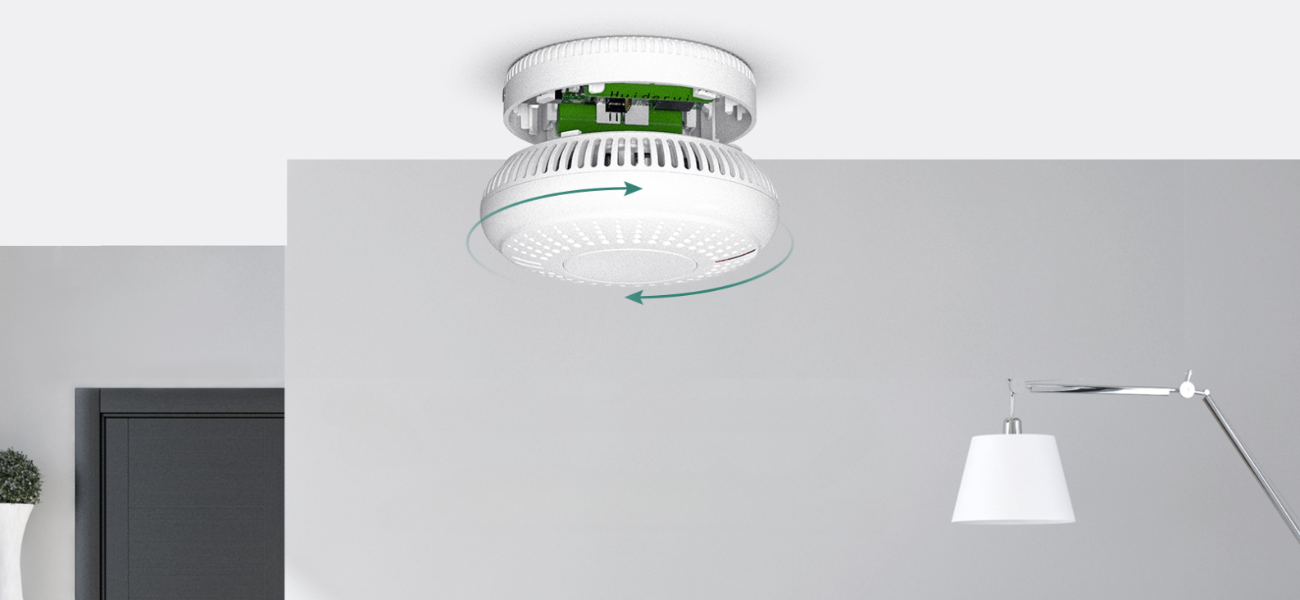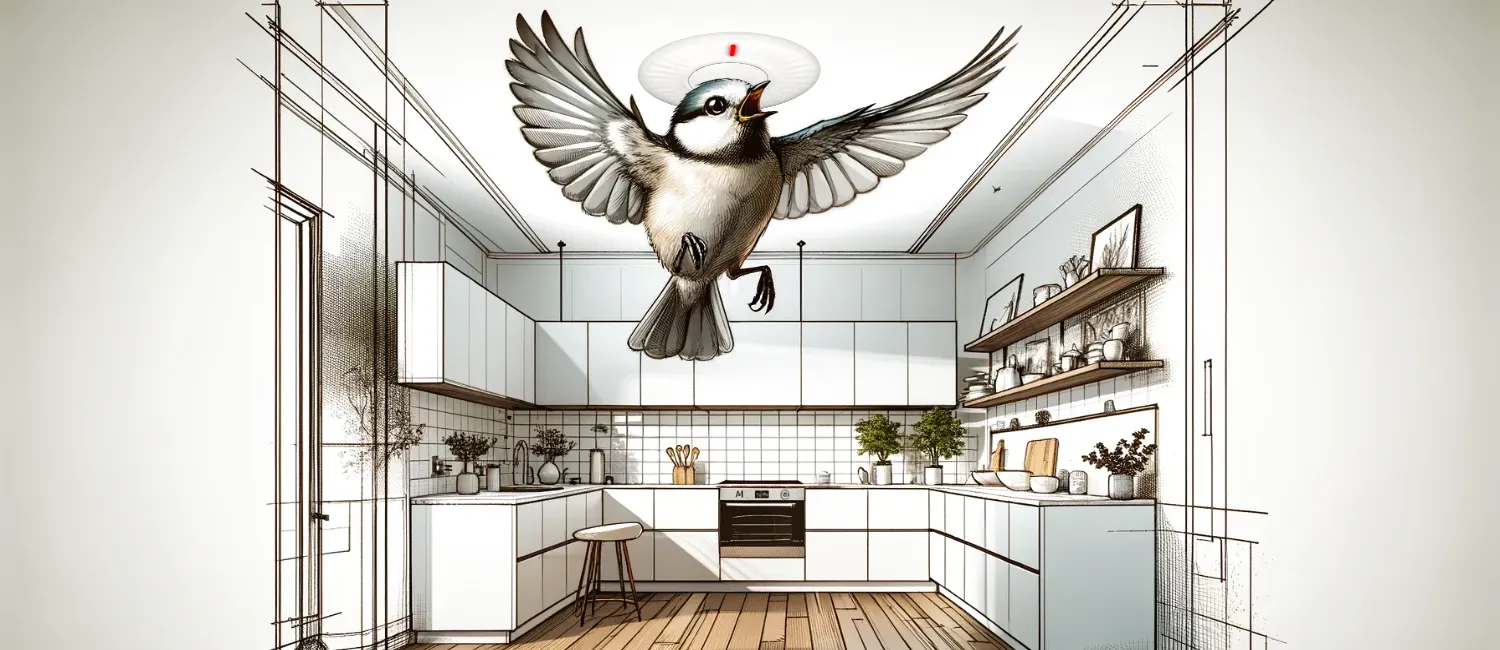Smoke Alarms Scotland - 2024 Legislation Guide

Scotland's legislation on smoke alarms has undergone significant changes to enhance home safety. Prompted by the tragic Grenfell Tower fire, the new standards aim to ensure that all homes are equipped with interlinked smoke and heat alarms.
This guide provides a comprehensive overview of the current legislation, outlining the types of alarms required in homes, who is responsible for their installation, and the specific requirements to ensure compliance.
| ACTION | IMPACT |
|---|---|
| Legislation Update | As of February 2022, all Scottish homes must have interlinked smoke and heat alarms. |
| Required Alarms | Homes need a smoke alarm in the living room, hallways, and a heat alarm in the kitchen. |
| Responsibility | Compliance responsibility falls on homeowners and landlords for rental properties. |
| Installation | Alarms should be ceiling-mounted and interconnected for whole-home safety. |

Understanding the Legislation
The Scottish Government, in response to the Grenfell Tower tragedy, mandated that from February 2022, all homes must be equipped with interlinked smoke and heat alarms. This move towards more stringent safety measures is designed to provide early warning and greater protection against fires.
What Alarms Are Needed?
To comply with the legislation, Scottish homes must have:
- A smoke alarm in the living room or the room used most.
- A smoke alarm in every hallway or landing.
- A heat alarm in the kitchen.
- Carbon monoxide alarms where applicable, although these do not need to be linked to the fire alarms.
These alarms must be interlinked so that when one alarm triggers, all alarms sound, providing an immediate alert to all occupants, regardless of their location within the home.
Who is Responsible?
Compliance with the new standards is the responsibility of the homeowner. In rental properties, landlords are responsible for ensuring that the alarms are installed and meet the legislative requirements. This includes private rentals, council, and housing association properties, with ongoing efforts to ensure all homes comply.
Installation and Maintenance
When selecting alarms, homeowners should opt for models that comply with specific standards:
- Smoke alarms: BS EN14604:2005
- Heat alarms: BS 5446-2:2003
- Carbon monoxide detectors: British Kitemark EN 50291-1
Installation typically involves mounting the alarms on the ceiling and ensuring they are interconnected via radio frequency, which doesn't require WiFi. Maintenance is crucial, with regular testing recommended to ensure they are functioning correctly.
For homeowners looking to upgrade their home safety systems,
Linked Up Alarms offers a range of products that meet Scottish Government regulations. From
basic to advanced packages, their wireless, interconnected smoke, heat, and CO alarms are designed for easy DIY installation. Additionally, their
alarm linking video
provides helpful guidance on setting up your home safety network.
How does Scotland Compare with other UK Regions?
Comparing and contrasting the smoke alarms legislation across Scotland, England, and Wales reveals both similarities and distinct differences that cater to the specific safety standards and requirements of each region as of 2024.
Scotland
Scotland's legislation is the most comprehensive, requiring interlinked smoke and heat alarms in all homes, including rentals, as of February 2022. The requirements are specific:
- A smoke alarm in the room most used during the daytime.
- A smoke alarm in every circulation space on each storey, such as halls and landings.
- A heat alarm in the kitchen.
- Carbon monoxide alarms in rooms with carbon-fuelled appliances or flues, not required to be interlinked but must be mains powered or have a lifetime battery.
This ensures a high level of safety by requiring the alarms to be interlinked, providing early warning and greater protection throughout the property.
England
In England, the Smoke and Carbon Monoxide Alarm (Amendment) Regulations 2022, effective from October 1st, 2022, have brought social housing in line with private rentals regarding the provision of smoke and CO alarms. The legislation requires:
- At least one smoke alarm on every level of a rented property that has rooms used as living accommodation.
- Carbon monoxide alarms in any room with a fixed combustion appliance (excluding gas cookers).
While the regulations do not specify the type of smoke alarm, radio-interlinked smoke alarms are recommended for a comprehensive warning system across all floors. Landlords are responsible for ensuring alarms are in good working order at the start of a new tenancy.
Wales
Wales' regulations, updated on July 15th, 2022, align closely with England's but include additional stipulations:
- Smoke alarms on every floor of the property, similar to England.
- All smoke alarms must be hard-wired and interlinked, either wirelessly or using a wired system, going a step further than the English requirements.
- Carbon monoxide alarms in any room with a fuel-burning appliance, including gas cookers, which is a divergence from the English stipulation that excludes gas cookers.
This makes the Welsh regulations slightly more stringent than England's, particularly regarding the interlinking and hard-wiring of smoke alarms.
Overview
While all three regions emphasise the importance of smoke and carbon monoxide alarms in enhancing tenant safety and reducing fire risks, Scotland's legislation is the most detailed, specifying the exact types and placements of alarms. England and Wales share similar baseline requirements, but Wales mandates hard-wiring and interlinking of smoke alarms, including provisions for gas cookers under the CO alarm requirements, presenting a more stringent approach than England. Each set of regulations reflects a commitment to fire safety and tenant protection, tailored to the specific needs and legislative contexts of the respective regions.
If you have any questions at all please call Linked Up Alarms on +44 1698 757844 or email sales@LinkedUpAlarms.com
